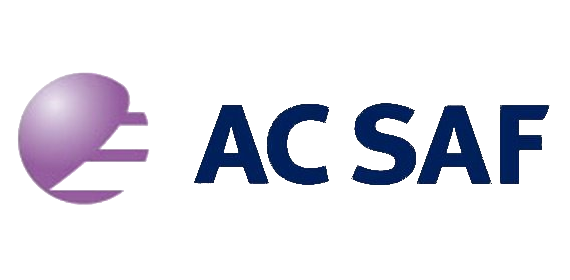|
|
Abstract submitted for oral presentation at the
An alert system for volcanic SO2 emissions using satellite measurementsJos van Geffen, Michel Van Roozendael (1)Pieter Valks, Meike Rix (2) Ronald van der A (3) Pierre Coheur, Cathy Clerbaux (4) (1) BIRA-IASB, Brussels, Belgium (2) DLR, Oberpfaffenhofen, Germany (3) KNMI, De Bilt, The Netherlands (4) ULB, Brussels, Belgium
Apart from ash (aerosols), volcanic eruptions also release a number of trace gases into the atmosphere. The most important of these after water vapour and CO2 is sulphur dioxide (SO2), which is readily measurable with modern sensors. Since the background level of SO2 (away from sources) is negligible, the presence of SO2 is a tell-tale sign of possible volcanic activity (or anthropogenic activity, the location of which is usually well-known). SO2 itself is also a hazard to aviation, as it reacts with water to form sulphuric acid (H2SO4), which is highly corrosive and may lead to sulphate deposits in aircraft engines. Monitoring of SO2 concentrations on a global scale from satellite, with an automated notification of exceptional concentrations of SO2, can therefore be very useful, in particular since not all volcanoes are monitored well on a regular basis. SO2 is measured from satellite by UV/Visible (GOME-2, SCIAMACHY and OMI) and IR (IASI) instruments, thus providing several data points during the day (all instruments) and an additional one during the night (IASI). Though IASI is less sensitive than UV/Visible instruments to SO2 close to the surface, it has the potential of providing information on the vertical distribution of the SO2. The added use of forward and backward particle trajectory analysis in case of an alert can aid in determining the origin of the volcanic cloud and its future motion. The alert service is primarily designed to support the Volcanic Ash Advisory Centres (VAACs) in their official task to gather information on volcanic clouds. On the basis of this, the VAACs issue advice and alerts to airline and air traffic control organisations on the possible danger of volcanic clouds. Other users of the service are, for example, local Volcanic Observatories. The presentation will give a description of the alert system and a number of examples.
|





